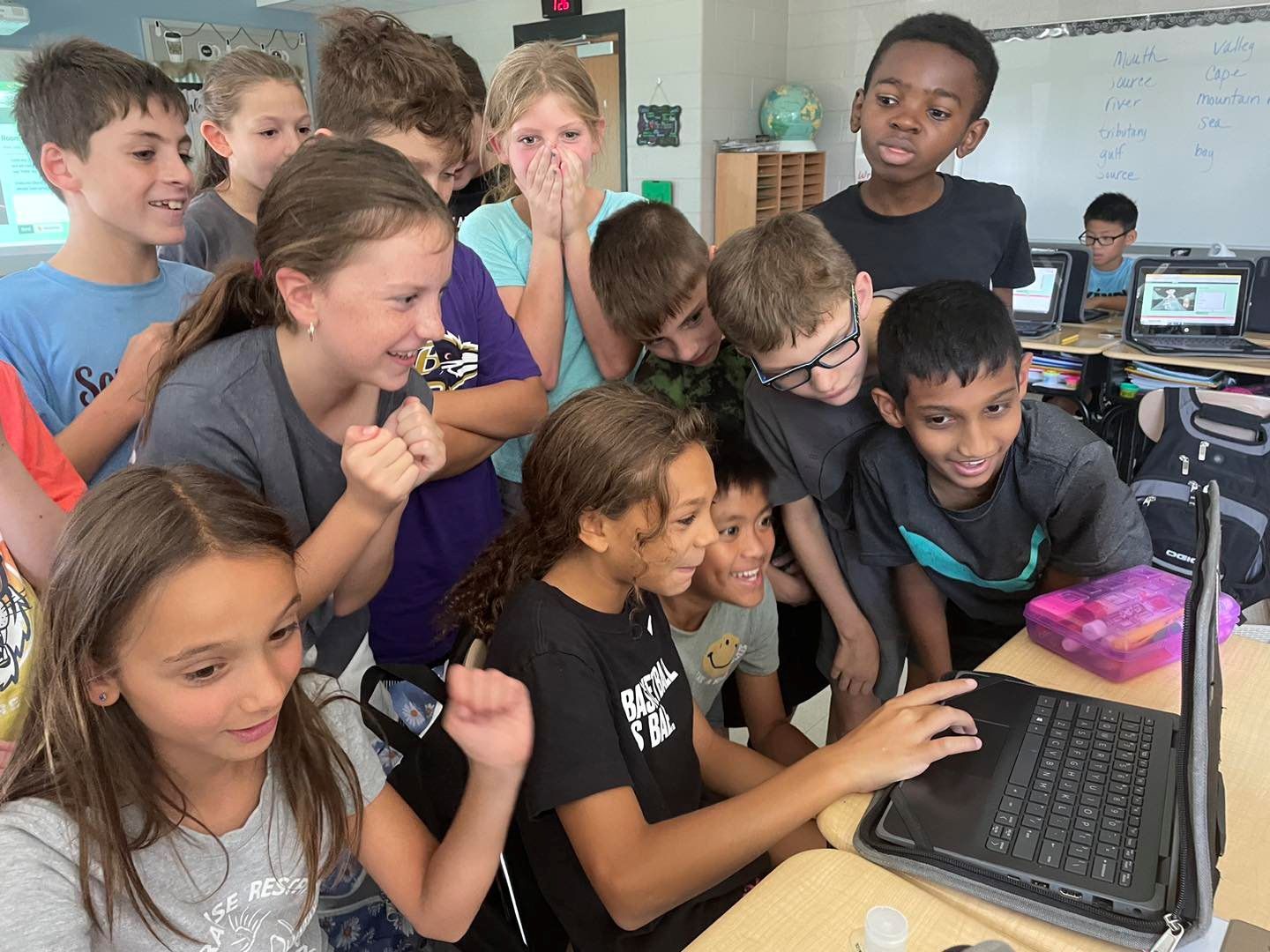Picture it: a brand new Director of Operations, we’ll call her Susan (no reason), logging into a live, interactive website in beta mode during her very first company meeting with people she’s only just virtually met. She’s nervous, excited, and ready to change the world. On her screen, an adorable pet box roams around a miniature mockup of an apartment. The teammates chatter about the mobility of the creature, its range, and what they could do with it.
“Do you want to drive, Sue?” The question catches her off guard. Drive? The box that’s in Pittsburgh? How do you do that? And from … Iowa?
“Absolutely!”
Virtual control is handed over to the brand new team member, in a totally different state. Joy fills her heart as she uses her keyboard to maneuver the wonderful robot from its point of view, and she can’t wipe the childlike smile from her face.
“So, we’re calling this ‘Robot Rovers’, and I think we’re going to take this Rover robot to a robot dog park. What do you think?”
“I love it!”
Video: CodeJoy’s Kelsey Derringer demonstrates on her keyboard how to navigate with Fragile the Rover from Fragile’s point of view in the Rover Park of Robot Rovers.
Obviously, Robot Rovers is my absolute favorite CodeJoy project or activity, to date. But why? Could it be the fact that it was my first ever company meeting with the best team on the planet? Perhaps. But it’s also a really great introduction to many coding and robotics concepts that I can see taking a student a long way into a very interesting and rewarding future.
I’m a huge science nerd, and the very first thing I thought of when Mike Cotterman, CodeJoy’s Chief Technology Officer, handed over real-time virtual control of that scrappy little Finch Robot from a remote location was … Space, obviously! I pictured a student participating in Robot Rovers and having the same spark as I did when they have direct control and picture themselves maneuvering the Canadian Space Arm on the International Space Station (before it’s retired), or a future rover that discovers signs of ancient life on Mars – or the Moon – or an asteroid – or exploring the inside of a volcano or deep cave right here on Earth! The opportunities are literally endless!
 Top Left: Canadarm2 on the International Space Station. (image credit: NASA) Top Right: NASA Perseverance Mars rover’s selfie with the Ingenuity helicopter on Mars. (image credit: NASA/JPL-Caltech/MSSS) Bottom Left: Deep Rover Submersible. (image credit: cyberne1) Bottom Center: Asguard IV rover, as part of Pangaea-X campaign with the Entern project driven by ESA astronaut. (image credit: R. Shone, ESA) Bottom Right: NASA robotics team driving CaveR, test rover at Lava Beds National monument in California. (image credit: Alan Boyle, GeekWire)
Top Left: Canadarm2 on the International Space Station. (image credit: NASA) Top Right: NASA Perseverance Mars rover’s selfie with the Ingenuity helicopter on Mars. (image credit: NASA/JPL-Caltech/MSSS) Bottom Left: Deep Rover Submersible. (image credit: cyberne1) Bottom Center: Asguard IV rover, as part of Pangaea-X campaign with the Entern project driven by ESA astronaut. (image credit: R. Shone, ESA) Bottom Right: NASA robotics team driving CaveR, test rover at Lava Beds National monument in California. (image credit: Alan Boyle, GeekWire)
Robot Rovers uses both coding for planned actions of the Finch Robot 2.0, which teaches geometric and physical concepts with its use of degrees and speed, as well as real-time remote control that also trains hand-eye coordination that could prove crucial in those times where planning falls short. More than that, it’s an absolute blast!
In this Student Session, Elby takes his new pet rover, Fragile, to the local Rover Park to play fetch. This is done through the use of magnets in the fetch stick and mounted on the front of Fragile. Teachers could use this idea as an excellent springboard for more advanced ideas using the Finch Robot 2.0 in the classroom by integrating planned routes, the onboard sensors, randomization, and more – changing up the scenario to suit the current subject matter in their class.
to the local Rover Park to play fetch. This is done through the use of magnets in the fetch stick and mounted on the front of Fragile. Teachers could use this idea as an excellent springboard for more advanced ideas using the Finch Robot 2.0 in the classroom by integrating planned routes, the onboard sensors, randomization, and more – changing up the scenario to suit the current subject matter in their class.
 If you and your students haven’t attended a Robot Rovers Student Session yet, I highly recommend it. I may be biased, but the teachers and students who’ve participated in it speak just as highly of it.
If you and your students haven’t attended a Robot Rovers Student Session yet, I highly recommend it. I may be biased, but the teachers and students who’ve participated in it speak just as highly of it.
Want to try it? Take a look at our Students page for this and other Student Session opportunities! Interested in potential free Student Session opportunities? Keep an eye on our Events page for what sponsored Student Sessions we have to offer! Check back often, as opportunities typically get added every month during the regular school year! We’d love to learn with you and your students!
